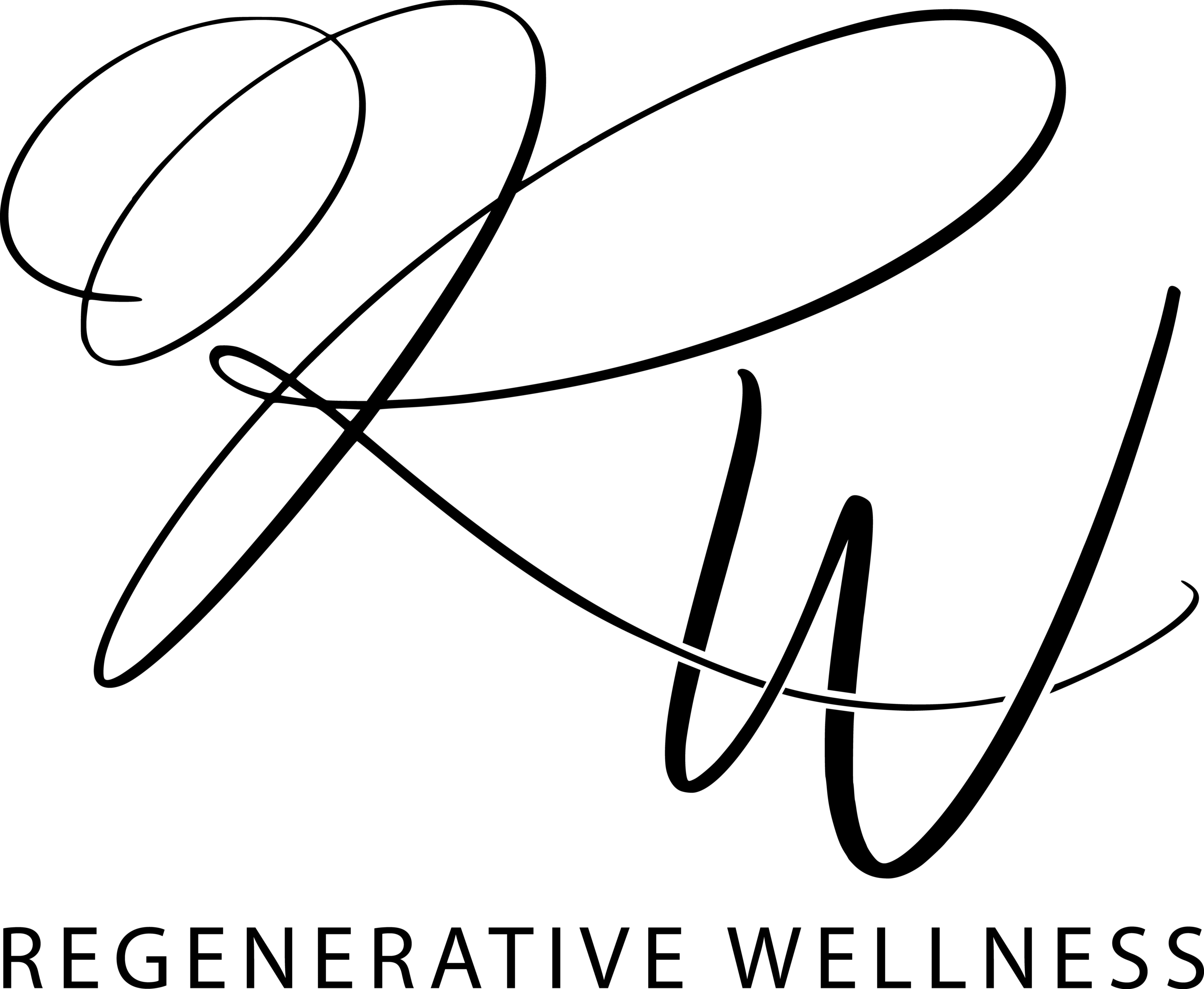Citric Acid
What Is It?
Citric acid is a natural, weak organic acid derived from citrus fruits, primarily used as a pH adjuster, preservative, and chelating agent in cosmetics, cleaning, and food applications. It effectively removes limescale, rust, and soap scum, making it a popular eco-friendly cleaning ingredient.
INCI (International Nomenclature of Cosmetic Ingredients)
Citric Acid
Proper Storage & Shelf Life
Storage: Store in a cool, dry place in an airtight container to prevent moisture absorption.
Shelf life: 3-5 years when stored properly.
Refined Or Unrefined
Typically refined for high purity.
Available in anhydrous (dry, crystalline) or monohydrate (contains water molecules) forms.
Is It Necessary?
Not essential but highly useful in cleaning recipes for adjusting pH, acting as a natural preservative, and breaking down mineral deposits.
Texture & Consistency
Fine, white, crystalline powder or granules
Natural Scent Profile
Odourless or very mild citrus-like scent.
Solubility & Compatibility
Water
Benefits In Your Cleaning Products
Removes limescale, rust, and hard water stains
Acts as a natural chelator, binding to metal ions and enhancing cleaning effectiveness
Helps dissolve soap scum and mineral deposits
Eco-friendly alternative to harsh chemical descalers
In bath bombs and other fizzing products it forms all or most of the acidic part of the reaction that causes the fizz. It can also be used to lower the pH of products as part of a 50/50 solution of citric acid and distilled water.
PH
2.2 (highly acidic)
Recommended Usage Rate
Cleaning products: 5-10% (descaling solutions, all-purpose cleaners)
Bath bombs: 20-30% (reacts with baking soda)
pH adjustment in cosmetics: As needed to reach the desired pH (usually below 2% in leave-on products)
Appearance
White, crystalline powder or granular form
Strengths
✅ Naturally derived and biodegradable
✅ Highly effective in removing hard water stains and mineral buildup
✅ Safe for most surfaces and eco-friendly
✅ Useful as a pH adjuster in both cleaning and skincare products
Weaknesses
❌ Can be irritating to skin and eyes in high concentrations
❌ Highly hygroscopic (absorbs moisture), leading to clumping if not stored properly
❌ Can corrode certain metals like aluminium and brass over time
Alternative Ingredients/ Substitutions
Vinegar (Acetic Acid): For cleaning and descaling but with a strong odour.
Lactic Acid: Alternative AHA for skin exfoliation and pH adjustment
Tartaric Acid: Alternative for bath bomb recipes and pH balancing
Best Practices
Dissolve in warm water before adding to recipes for better integration.
Avoid combining with strong bases (e.g., baking soda) unless a reaction is intended (like in bath bombs).
Store in a dry, airtight container to prevent clumping.
Use protective gloves when handling in concentrated cleaning solutions.
Tips & Tricks
Mix with baking soda for a powerful DIY toilet cleaner or fizzy scrub.
Combine with hydrogen peroxide for an effective, natural bleaching solution.
Use as a natural dishwasher rinse aid to prevent water spots on glassware.
Add to homemade descaling solutions for kettles, coffee makers, and showerheads.
Recommended Starter Amount
500g – 1kg for DIY use
